NOTE: FOR THE OPTIMUM VIEWING EXPERIENCE WE RECOMMEND THAT YOU VIEW THIS SITE ON A DESKTOP
Fortress of Solitude, Crash Pad or...?
What your home and life-style says about you
A. Karmakar
10/21/20246 min read
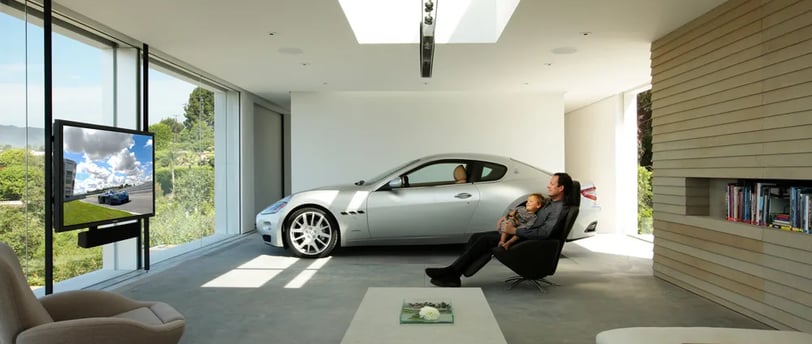

How you decorate and organise your home can be a profound reflection of your social identity. How you curate your living space, from the selection of furniture to the display of artwork—serves as a tangible expression of your personal values, cultural background, and social affiliations. For instance, a minimalist décor might suggest a preference for simplicity and functionality, revealing a modern or utilitarian social identity that values efficiency, while a richly adorned space filled with eclectic art can reflect a celebration of creativity and individualism.
Domestic Dualism:
Status Symbols, Practical Utility & Beyond
Where and how you live carries significant weight in contemporary society, serving as both a status symbol and a practical utility. For some individuals, the home is a reflection of wealth and success, functioning as a canvas to showcase their aspirations. These individuals might invest heavily in décor, choose prime locations, and select materials that communicate affluence. The home becomes a physical manifestation of financial achievement, often aimed at impressing others or solidifying their place within a social hierarchy. As a result, the aesthetic choices made within these spaces can be influenced heavily by trends, fashion, and the desire to stand out. The residence, in this context, is not just a place but a statement of identity, prestige, and belonging within a particular social sphere.
Conversely, there exists a contrasting perspective that emphasises the functionality and practicality of the home. For many, the primary role of a living space is to provide comfort and liveability, transcending mere appearances. This perspective prioritises elements such as space efficiency, organisation, and a welcoming atmosphere over impressiveness. Individuals adhering to this standpoint often seek homes that facilitate their lifestyle, focusing on features that enhance everyday living rather than solely aesthetic considerations. In this regard, the home serves as a sanctuary, a place designed to nurture well-being and promote a sense of peace. The value placed on the practical aspects of a home can also foster a sense of community, as liveable spaces encourage interaction and connection among residents.
The tension between these two viewpoints underscores a broader societal dialogue about identity, purpose, and values. As individuals navigate the choices regarding their homes, they potentially grapple with the expectation of status against the desire for practicality, revealing much about their personal and societal narratives.
Home as a Reflection of Social Identity
Peer pressure is another significant external factor that influences how individuals curate their spaces. The desire to reflect a certain lifestyle or status can overshadow personal taste, often leading to decisions based more on comparative social standing than on individual values. This phenomenon can manifest in the adoption of popular design styles, regardless of whether they truly align with one's personality. Ultimately, these external influences contribute to a homogenisation of living environments, as people strive to conform to perceived norms, inadvertently diluting their unique choices in home design.
In conclusion, understanding a home as more than just a physical structure invites us to reflect on its deeper meanings and implications. The legacy of a home lies in its capacity to convey stories, uphold values, and protect and connect people, cementing its role as a vital element of societal and wider cultural heritage.
Moreover, these choices are not merely aesthetic but convey deeper narratives about an individuals' life. Items collected over time, such as family heirlooms or art from local artists, can signify a connection to one's heritage or community. These decorations offer insight into personal experiences and the various social circles that influence home curation. For example, someone from a culturally rich background might surround themselves with artefacts that celebrate their heritage, while others may choose contemporary pieces to align with current trends crafting a social identity that resonates within their peer groups.
Sociocultural dynamics play a crucial role in shaping how homes are perceived and organised. The values and norms prevalent within one’s community can dictate the types of furnishings considered acceptable or desirable. For instance, urban living may push individuals toward multifunctional furniture due to limited space, whereas suburban settings might allow for larger, more decorative pieces. Consequently, the choices people make within their homes reflects who they are and how they choose to socially integrate. In essence, home décor serves as a mirror, illuminating the intricate tapestry of social identity woven into the very fabric of our living environments.
How External Factors Influence Design
Home design is a reflection of individual preferences and a myriad of external factors that influence the choices homeowners and designers make. Societal trends play a pivotal role in shaping living spaces. In today’s fast-paced digital age, the pressure to keep up with the latest home design trends is ever-present, fuelled by social media platforms that showcase extravagant and picturesque living environments that are not always feasible. These societal expectations can lead individuals to strive for or try to mirror lifestyles that are difficult to sustain. Increasingly home buyers are relocating to places and countries in which their home and lifestyle is financially viable and are prepared to make the social adjustments that come with it.
Economic conditions complicate the landscape of home design. Periods of economic prosperity encourage investment in luxurious materials or contemporary furnishings, which can be perceived as symbols of success. Conversely, in times of economic downturn, there may be a shift towards downsizing and functionality, as homeowners prioritise utility over aesthetics. This fluctuation in expendable income can create a cycle where perceptions of 'normalcy' in home designs evolve alongside broader economic realities.
Beyond Aesthetics: Building a Legacy
Homes are often viewed merely as a collection of walls, roofs, and furniture, but their significance extends far beyond aesthetics. They serve as crucial landmarks that embody the memories, values, and aspirations of those who reside within them. In many cultures, homes are considered as vessels that carry historical and cultural weight; they provide a sense of continuity and belonging. This connection goes deeper than mere shelter, transforming dwellings into reflections of individual and communal identities.
Your home can be a financial and cultural legacy for your loved ones. For instance, a family home may have stories showcasing births, marriages, and even losses. Each room can have its own narrative, contributing to a larger story that illustrates a family's journey through time. These narratives not only foster a sense of identity among family members, but they also communicate values that can be passed down, shaping future generations' perspectives on home and community.
Furthermore, homes can be a testament to community involvement and environmental consciousness. Sustainable building practices and community-focused designs reflect a collective effort to create spaces that honour heritage and progress. For instance, neighbourhoods that prioritise green spaces and communal areas often encourage social interaction and cohesion, creating environments where residents can foster empathy and collaboration. By recognising the intricate relationship between our living spaces and the larger community, we can begin to see that our homes serve not just as shelters, but as platforms for societal narratives and ongoing connections.
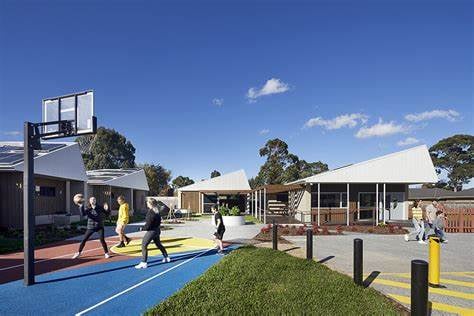

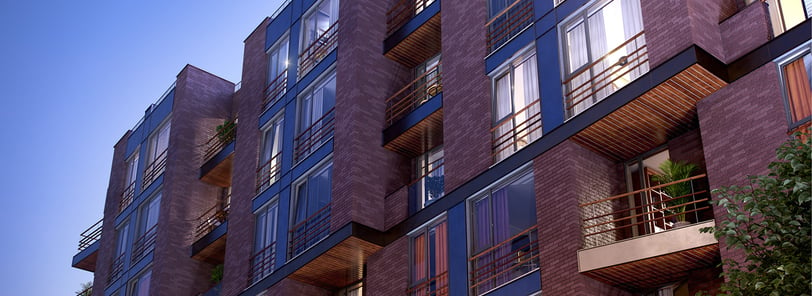

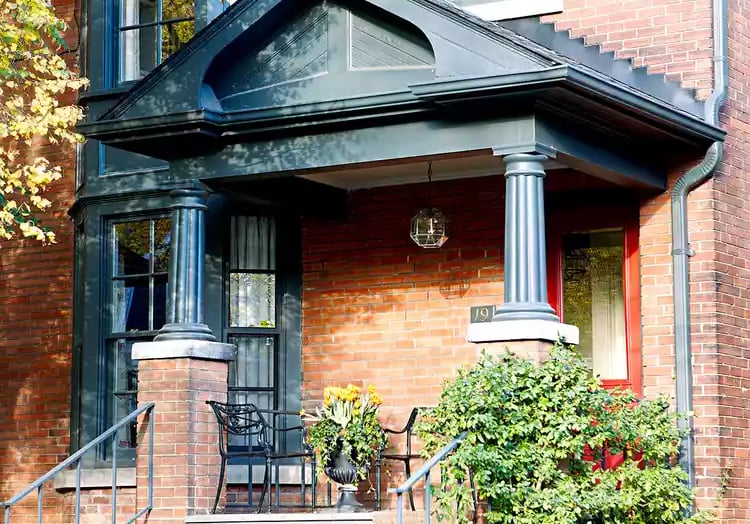

A much less discussed but increasingly important aspect of home ownership is it's capacity to accommodate numbers. The current economy is so precarious in many countries that young adults cannot afford a down payment to get onto the property ladder. Consequently many children, friends and relatives have taken to living in spare rooms, basements and even converted garages. In such an eventuality space becomes invaluable, with organisation, sufficient high quality utilities and good layout a close second.
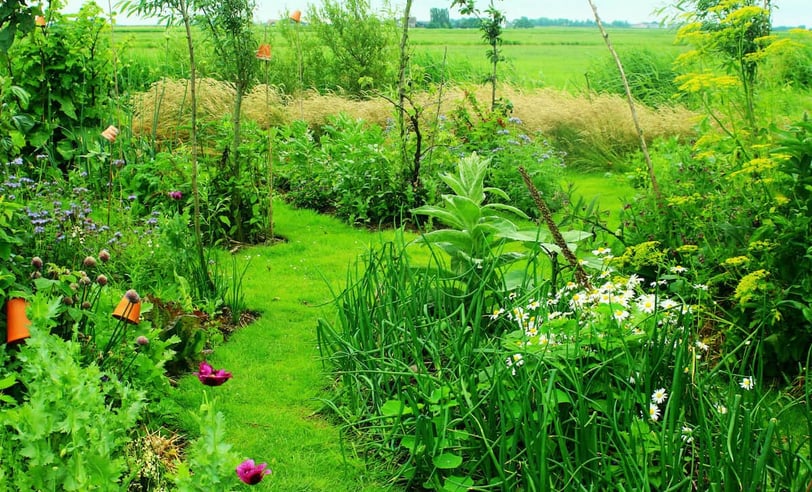

Pearl Bliss home owners that have opted for the Food-Forest garden which is a standard feature of the design schema is more than an ecological statement or a aesthetic feature - it's an instrument of good health and self sufficiency. If you populate it with herbs like Feverfew (Tanacetum Parthenium), St Johns Wort (Hypericum), Chamomile, Comfrey (Symphytum) and Nettle (Urtica) you will have a small organic apothecary.
Using a home as an investment vehicle for passive income is oft more than a statement, it can be a prudent and pragmatic move for entrepreneurs, pensioners and social climbers, especially if management companies are available and the property is located in a desirable location or holiday destination.
Dream
Crafting homes for living, growing, and thriving.
Design
Safety
info@pearlblisshomes.com
Skype: live:zro_46
© 2024. All rights reserved.


